
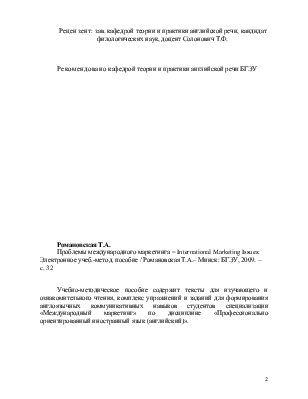




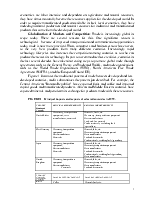


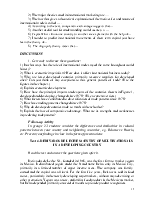




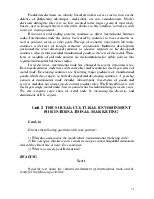



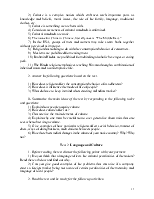

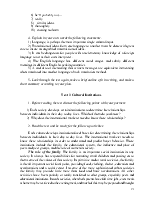











МИНИСТЕРСТВО ОБРАЗОВАНИЯ РЕСПУБЛИКИ БЕЛАРУСЬ
УО «Белорусский государственный экономический университет»
Т.А.
International Marketing Issues
Проблемы международного маркетинга
Минск 2010
Рецензент: зав. кафедрой теории и практики английской речи, кандидат филологических наук, доцент
Рекомендовано кафедрой теории и практики английской речи БГЭУ
Проблемы международного маркетинга = International Marketing Issues: Электронное учеб.-метод. пособие / Т.A.– Минск: БГЭУ, 2009. – c. 32
Учебно-методическое пособие содержит тексты для изучающего и ознакомительного чтения, комплекс упражнений и заданий для формирования англоязычных коммуникативных навыков студентов специализации «Международный маркетинг» по дисциплине «Профессионально ориентированный иностранный язык (английский)».
UNIT 1 HISTORICAL VIEWS OF INTERNATIONAL TRADE
Lead -in
1. What is international marketing?
2. What factors do international marketers have to take into account when making their decisions on market-entry strategies?
3. Explain why in international marketing both the domestic and foreign economic conditions of the moment as well as the effects of past trading patterns should be taken into consideration?
Text 1
READING
Read the text about the historical background of international trade and answer the questions given after it.
The world of international marketing is shaped to a great extent by world economic conditions, patterns of trade, and economic institutions. No decision to pursue foreign market opportunities can ignore the powerful impact these factors have on marketing and market-entry strategies. An international marketer can learn a lot about foreign opportunities simply by understanding the predominant trends in world trade today and why they have developed. Every country has developed policies and institutions to promote or regulate international business based on its historical experiences with trade and current economic needs. In international marketing we must contend with both the domestic and the foreign economic conditions of the moment, and with the effects of past trading patterns.
The theoretical explanations of world trading patterns and international business are also useful to the international marketer. The law of comparative advantage provides a theoretical framework for identifying foreign market opportunities. Its principles also address the topics of international pricing and currency adjustments. The product life-cycle theory of trade suggests a timed, strategic approach to world markets that is contingent on a product's stage in worldwide diffusion.
International trade is a predominant aspect of world history, and it is as old as humanity. The Chinese traded with Mongols, Aztecs with Mayas, Romans with Egyptians, American Indians with colonists, and on and on. Active trade between two alien groups has often been the precursor of cultural integration and assimilation, as was the case with American Indians. The Romans used trade to expand their empires without war. The head of the Aztecs tried to dissuade Cortes from coming to Tenochitlan (Mexico City) by sending him gold from the Aztec Empire, pottery from Cholula, wool from Tlaxcala, and fresh flowers from Xochimilco. Trade has therefore been used to meet various goals throughout world history. The New World was discovered by accident while European explorers were seeking shorter trade routes to the Far East and its silks and spices.
International trade continues to be motivated by economic as well as other objectives. It is important for the international businessperson to recognize that the economic role of trade is even today linked to political, social, and defense motives. The U.S. used foreign aid to fight Communism and Britain used "its old colonies to supply resources that it did not have domestically. Even when an individual transaction, such as sales of John Deere tractors to farmers in Argentina, is not motivated to meet the kinds of noneconomic goals just outlined, the transaction has implications for international relations. Increased agricultural productivity in Argentina may make more grain available in world export markets.
That may help less-developed countries who cannot feed themselves, but it lowers prices, and that in turn may hurt American farmers. The essence then of international trade is that it is inexorably linked to relationships between countries. Furthermore, trade today is seen within the context of countries' past relationships with each other.
Уважаемый посетитель!
Чтобы распечатать файл, скачайте его (в формате Word).
Ссылка на скачивание - внизу страницы.